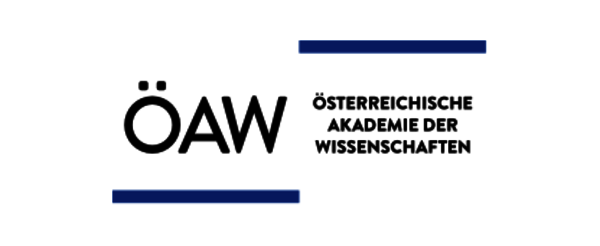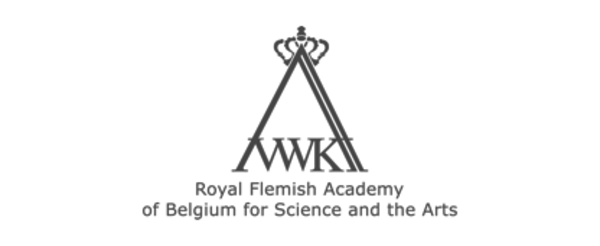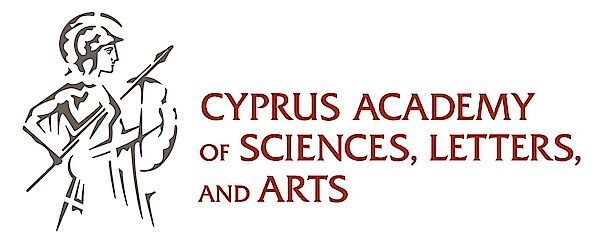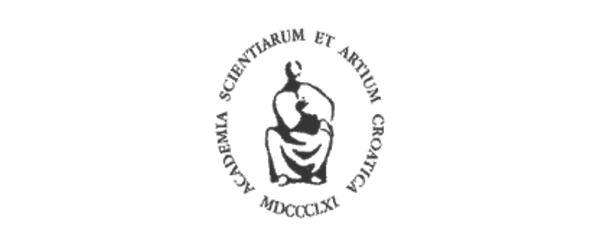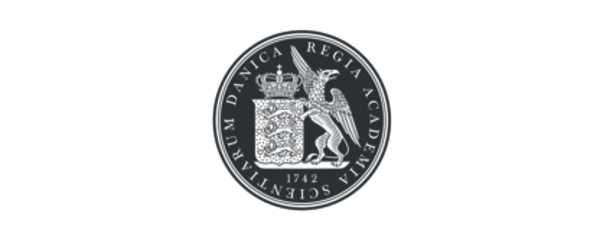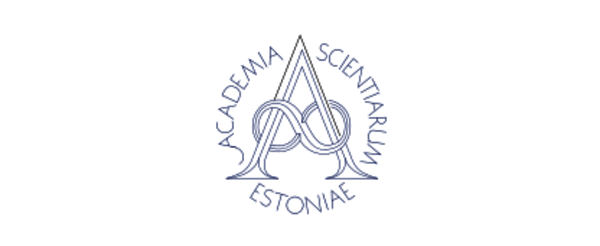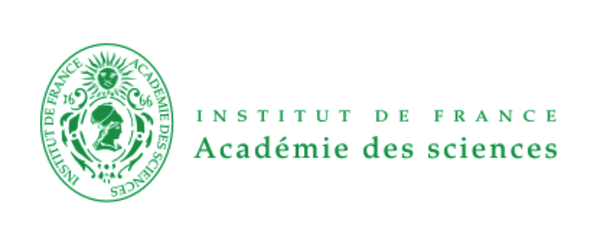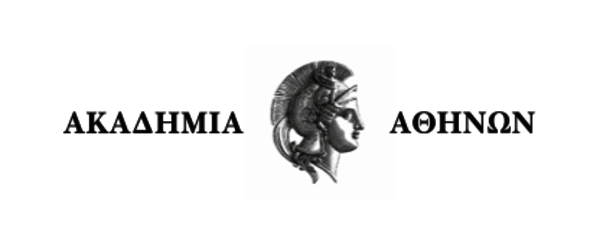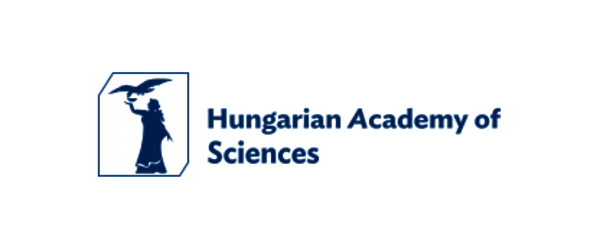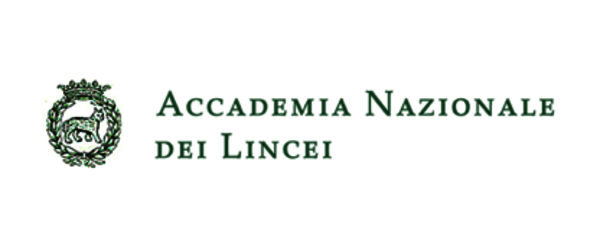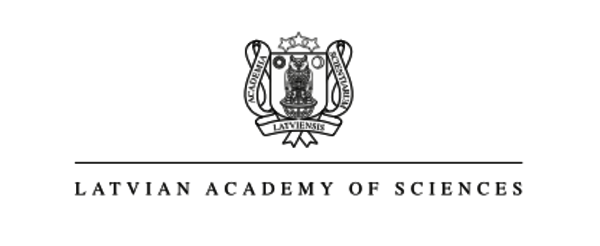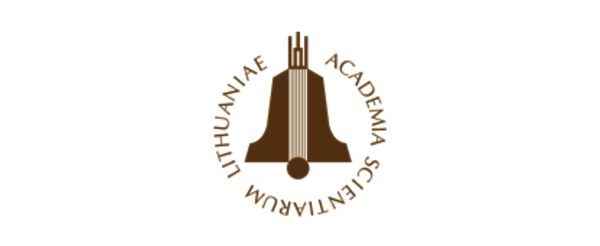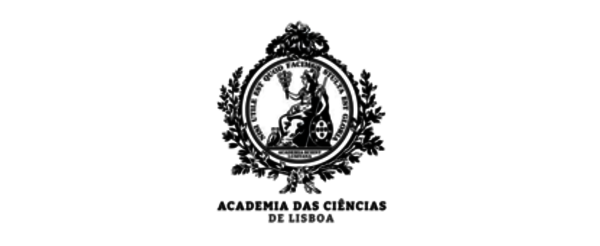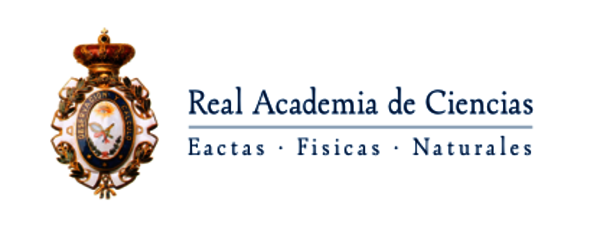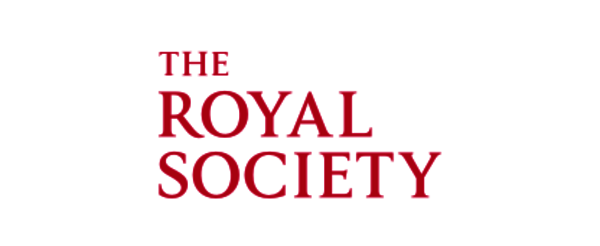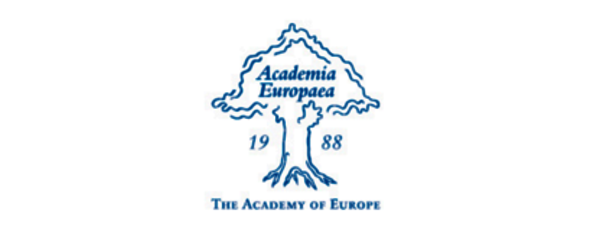Publications
Dangerous air pollution levels from shipping, North America and Asia
Efforts to improve air quality across the European Union are failing because of pollution created elsewhere in the northern hemisphere, particularly Asia and North America, and by international shipping, the European Academies Science Advisory Council (EASAC) warned today (17 June 2004).
An EASAC report published today indicates that dangerous amounts of ozone can be found at ground level in Member States, particularly on hot summer days, due to the emission of pollutants throughout the northern hemisphere, and especially in North America and Asia. In some areas of the European Union the average annual concentration of ozone at ground level is very close to the limit at which there would be widespread damage to the growth of crops and the health of people who have respiratory problems.
In addition, the fall in atmospheric levels of sulphur dioxide and nitrogen oxides, the pollutants responsible for acid rain, algal blooms, oxygen-starved lakes and rivers and other environmental damage, is being slowed by emissions of these gases from international shipping. As a result the levels of these gases continue to create acidic atmospheric conditions that are causing damage to wildlife and habitats throughout Europe.
Professor David Fowler, who chaired the EASAC working group that produced the report, said: Although efforts in some areas to reduce the impact of air pollution have been more successful than expected, those in other areas have been less successful. This failure has occurred because the original measures to reduce air pollution did not properly assess how pollutants interact or take account of additional sources, such as shipping or the contributions to the pollutants over Europe from industrial activity throughout the northern hemisphere.
He added: Existing controls and further measures to limit sources of air pollution within Europe will fail to protect human health and the environment in Member States if there is no reduction elsewhere in the northern hemisphere in the emission of the chemicals that cause the pollution. It has become clear that the European Union cannot adequately tackle the problem of air pollution without action by the rest of the world.
The report calls for the European Council of Ministers and the United Nations Economic Commission for Europe to consider how sources of air pollution outside the European Union are affecting environmental targets set by the Member States.
NOTES FOR EDITORS
1 The European Academies Science Advisory Council (EASAC) was established in 2001 to provide a means for the national academies of Europe to work together to inject high quality science into European Union policy-making. Its task is building science into policy at EU level by providing independent, expert, credible advice about the scientific aspects of public policy issues to those who make or influence policy for the EU. EASAC is designed to combine ease and speed of operation, with the unrivalled prestige and authority of the national academies of science and with the opportunities that come from ready access to the networks of members and colleagues that constitute academies.
For further information about this news release and copies of the report Impacts of pollution from outside the European Union on Europes environmental targets, contact:
Bob Ward on 020-7451 2516 or 07811-320346.

